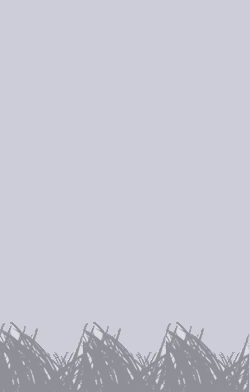The horse (Equus ferus caballus)[3][4] is a hooved (ungulate) mammal, a subspecies of the family Equidae. The horse has evolved over the past 45 to 55 million years from a small multi-toed creature into the large, single-toed animal of today. Humans began to domesticate horses around 4000 BCE, and their domestication is believed to have been widespread by 3000 BCE. Although most horses today are domesticated, there are still endangered populations of the Przewalski’s Horse, the only remaining true wild horse, as well as more common populations of feral horses which live in the wild but are descended from domesticated ancestors. There is an extensive, specialized vocabulary used to describe equine-related concepts, covering everything from anatomy to life stages, size, colors, markings, breeds, locomotion, and behavior.
Horses’ anatomy enables them to make use of speed to escape predators and they have a well-developed sense of balance and a strong fight-or-flight instinct. Related to this need to flee from predators in the wild is an unusual trait: horses are able to sleep both standing up and lying down. Female horses, called mares, carry their young for approximately 11 months, and a young horse, called a foal, can stand and run shortly following birth. Most domesticated horses begin training under saddle or in harness between the ages of two and four. They reach full adult development by age five, and have an average lifespan of between 25 and 30 years.
Horse breeds are loosely divided into three categories based on general temperament: spirited “hot bloods” with speed and endurance; “cold bloods”, such as draft horses and some ponies, suitable for slow, heavy work; and “warmbloods“, developed from crosses between hot bloods and cold bloods, often focusing on creating breeds for specific riding purposes, particularly in Europe. There are over 300 breeds of horses in the world today, developed for many different uses.
Horses and humans interact in a wide variety of sport competitions and non-competitive recreational pursuits, as well as in working activities such as police work, agriculture, entertainment, and therapy. Horses were historically used in warfare, from which a wide variety of riding and driving techniques developed, using many different styles of equipment and methods of control. Many products are derived from horses, including meat, milk, hide, hair, bone, and pharmaceuticals extracted from the urine of pregnant mares. Humans provide domesticated horses with food, water and shelter, as well as attention from specialists such as veterinarians and farriers.
(From Wikipedia, April 27, 2010)
– – –
Horses have been so strongly bred by humans that there is extensive variability in their size and weight. The general body pattern is that of long limbs, barrel shaped body, and a long neck supporting a large head. Vision and hearing are key senses for these animals, as suggested by their large eyes and ears. Coloration is also hightly variable due to breeding, and individuals range from pure white, tan, brown or black to patches of oranges and browns on white. The tail is relatively short but has long hairs coming off it that frequently reach the ground. The tail is often used as an “extra hand” to swat insects. There is also long hair along the neck and forehead (the mane and forelock).
(From EOL via Animal Diversity Web, April 27, 2010)
– – –





